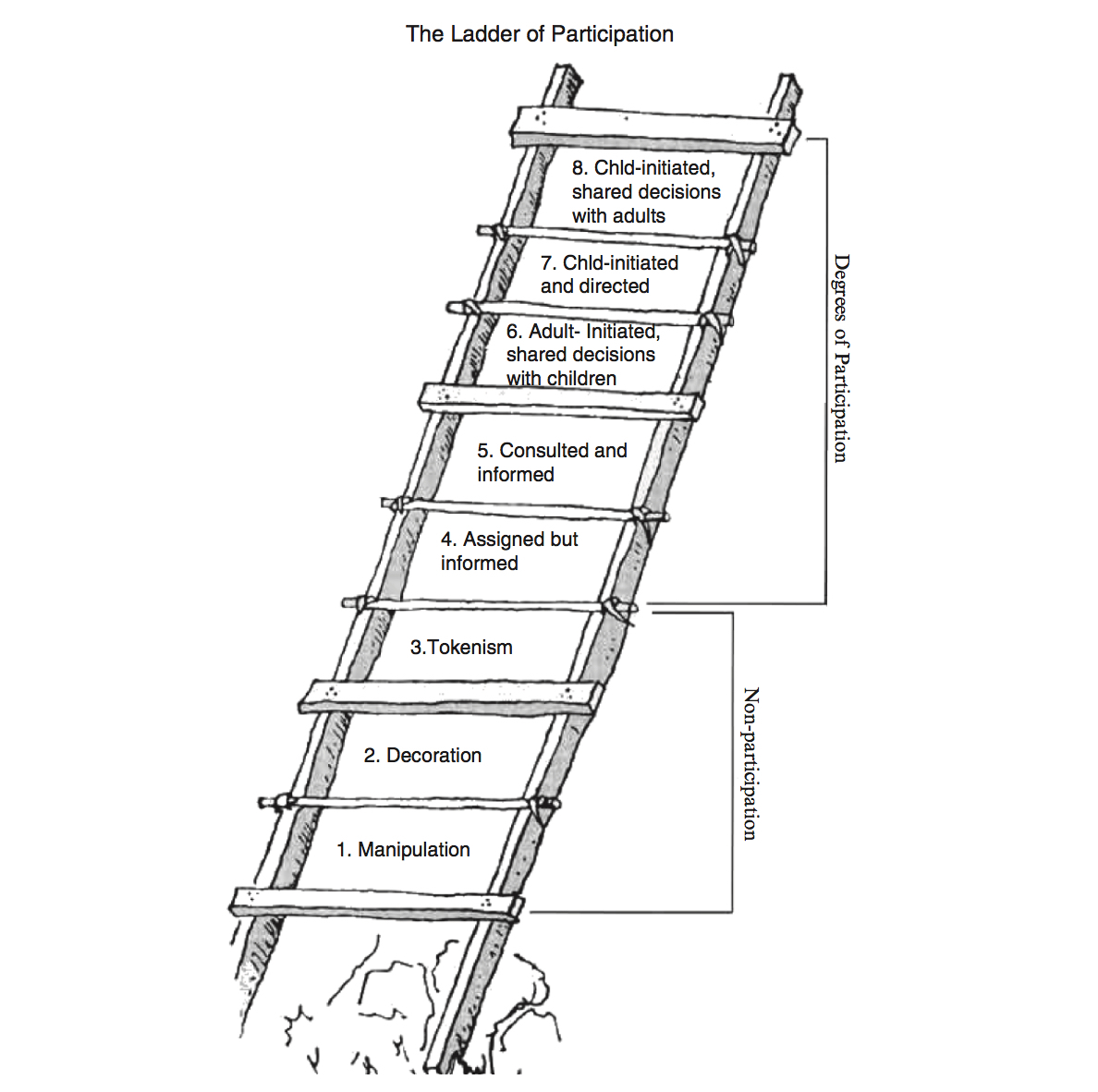
When I first heard of the word play, I think about young adolescents gathering around and competing against one another. Some youth compete to see who has better skills, while others do it to have fun. They are learning how to communicate in those spaces, but something important to understand for youth who are playing against each other is to have fun. After reading the article's, it helped me see how Play is an important aspect of children's lives.
According to Jenkins, "Play refers to the young child's activities characterized by freedom from all but personally imposed rules (which are changed at will), by free-wheeling fantasy involvement, and by the absence of any goals outside the activities itself" (n.d, p.2-3). Students are being acknowledged to be themselves by showing their peers what skills they bring to the space. There are also different kinds of activities kids like to play. As an educator, I must think about games that interests students. The plan is to have them do an assignment where they will be involved in participating in doing something creative. I also want it to be something they are good at or matches their educational needs. If I just give them a game I want them to play, it will not help them develop their own knowledge. They will find each other in a situation where someone is leading the activity and is close to beating the person they are facing. One quote that resonated with me to mention how students will experience winning and losing while they play is "Children recognize early on that play is an opportunity for pure enjoyment, whereas games may involve considerable stress" (Jenkins, n.d, p.3). If students happen to lose a match by any means, it is not for them to think about say their opponents are better or they are not too good. The point of losing is to help them see what mistakes they made during the game and see how they can learn from those actions to improve the next time they face someone. Losing is something that happens to many young folks and I think it can be part of play as it helps us grow our own skills. Every member should have an opportunity to participate and give it their best shot. Whether they win or lose, we are all here to communicate and improve each other's qualities of life. Also, we are gaining better communication as a team to show why each one of us deserves to play.

Another important concept I captured from Jenkin's article are the 6 P's, which are "Permission, Process, Passion, Productivity, Participation, and Pleasure". The more I heard these words, the better I was able to think my own actions as well as the way I want my future students to feel when they experience play in their educational journeys. The author was portraying how students learn through all different types of play. As a youth worker, my goal is to have to each student participate. They must give themselves the opportunity to play and say "I can do it" to show they belong in this space and are ready to meet the challenges they are up against. Also, I "must work very hard to give signals when play is an acceptable mode of engaging with the activities" and help them build a positive relationship when they are either competing against each other or playing for fun. Students must be given as many ideas to see how they can improve their own skills. Practice is another method to support their ability to achieve greatness throughout the game. If all of us could work together as a team, the better it would be for all of us to participate and feel as we belong in this workspace. Permission and process were the two P's I resonated with as this something I experienced when participating in an event as a young child. I put myself to the test to show my peers how my skills were OK to use. Not only was I respected for giving myself a chance, I was also being acknowledged by my teachers and classmates to do a great job as they prepared me for these challenges. The same this was applied to me, I also want to apply this to my kids and tell them their skills matter to me and will help me see how I can better support them for future activities.





















